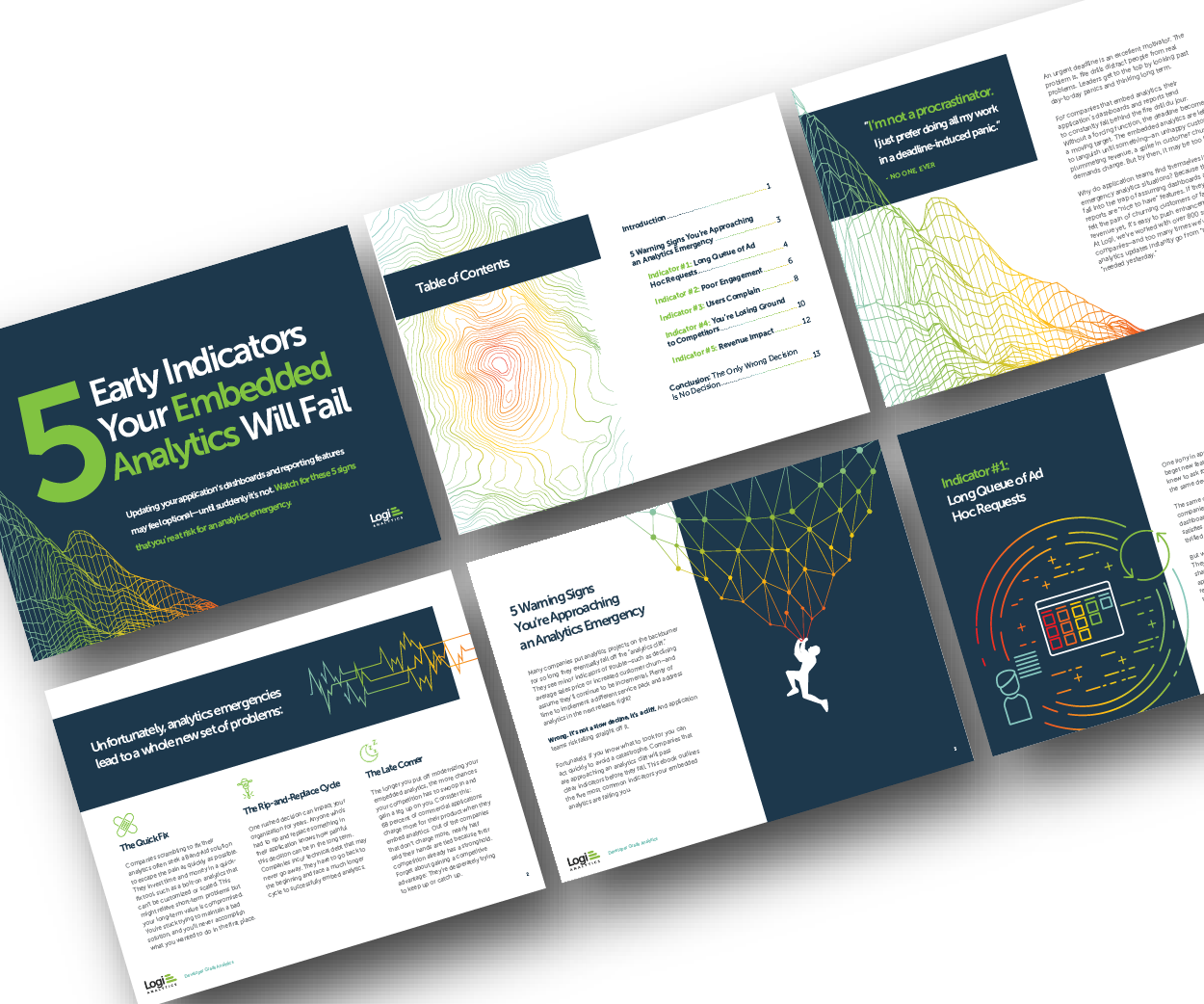Igniting Leadership Impact: The Influence of Emotional Intelligence
Leapfrogging
APRIL 12, 2024
Definition of Emotional Intelligence Emotional intelligence refers to the capability to recognize and understand personal emotions and the emotions of others. Leaders with high emotional intelligence can inspire trust, motivate their team, and foster a positive work environment, thereby enhancing overall organizational performance.






















Let's personalize your content